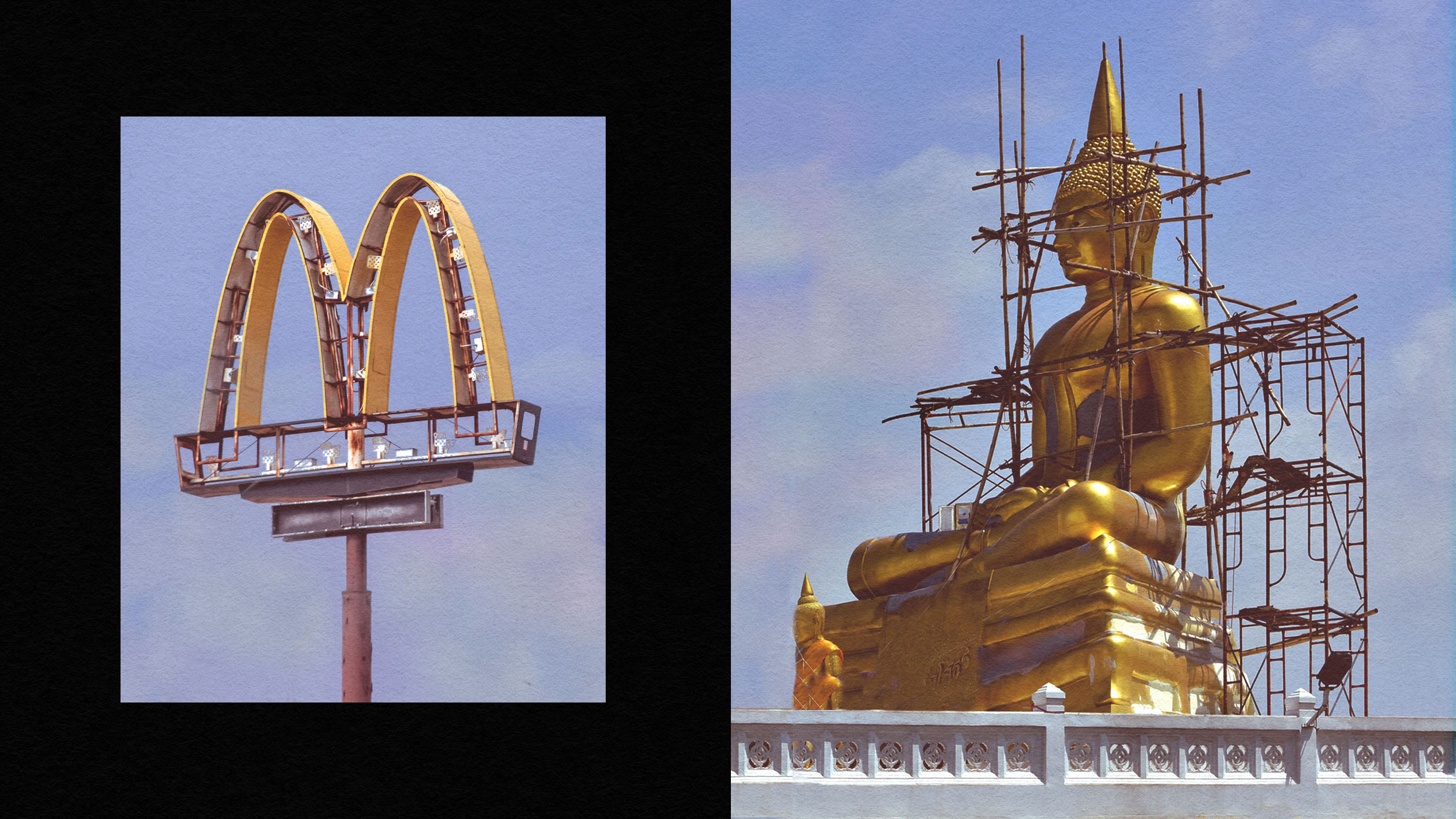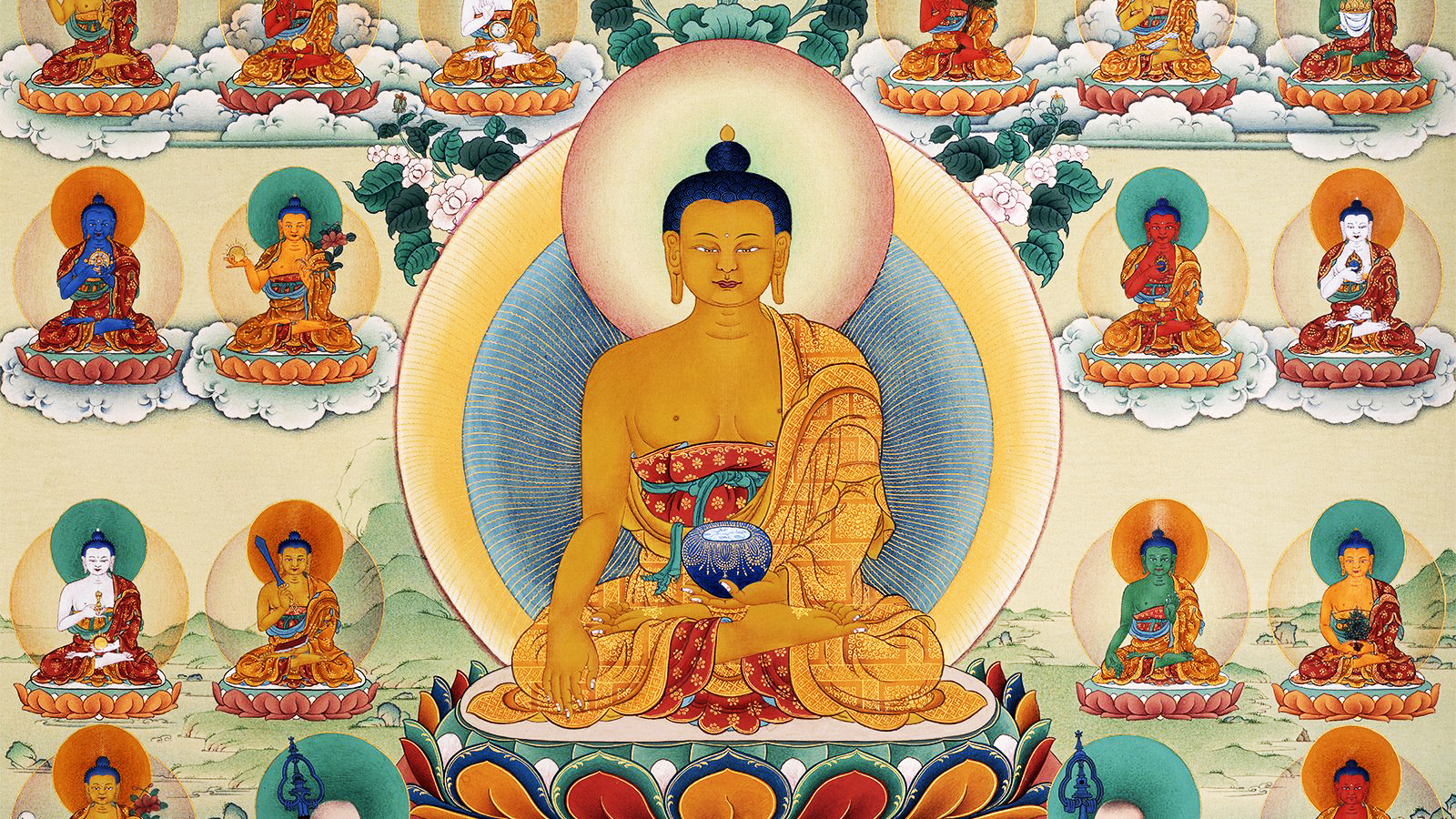Science and Buddhism Aren’t in Conflict—They’re Doing Different Things

Commonplace critiques of religions conflicting with science do not stand up to scrutiny when applied to Buddhism. Rather, science and Buddhism embody processes that aim to understand fundamentally different things, with neither requiring the blind faith of practitioners.
Few are as qualified to discuss the differences between science and Buddhism than Matthieu Ricard. The son of the renowned French philosopher Jean-François Revel and the painter Yahne Le Toumelin, Ricard had an intellectually and culturally dynamic upbringing. As a young man, he worked with the Nobel Prize-winning scientists François Jacob and Jacques Monod and earned a PhD in molecular biology. Then, he abruptly left academia to study with Buddhist teachers in India and Tibet. Now, he is a Buddhist monk and the French interpreter for the Dalai Lama. He has become popular as a speaker and as a writer who teaches about Buddhist ideas, mindfulness practices, and meditation. Through the popularization of his work, he has earned the nickname “happiest person in the world.”
Ricard discusses supposed conflicts between Buddhism and western conceptions of life, spirituality, and knowledge ina book co-written in dialogue-form with his father titled The Monk and the Philosopher. Much of the second chapter—“Religion or Philosophy?”—is spent navigating tensions between Buddhism and science and negotiating the role of faith (or lack thereof) in Buddhism. Some of the concerns raised by Revel are Buddhists’ belief in the self being illusory, Buddhist ideas regarding consciousness, claims made by Buddhists that elude the scientific method, and practitioners’ need for “blind faith.”
To make sense of criticisms made against Buddhism, it is helpful to understand the heart of many Buddhist teachings. During an abstract discussion of the nature of consciousness and the self, Ricard provides a brief overview:
There’s a natural feeling of self, of ‘I’, which makes you think ‘I’m cold, I’m hungry, I’m walking’, and so forth. By itself, that feeling is neutral. It doesn’t specifically lead to either happiness or suffering. But then comes the idea that the self is a kind of constant that lasts all your life, regardless of all the physical and mental changes you go through. You get attached to the idea of being a self, ‘myself’, a ‘person’, and of ‘my’ body, ‘my’ name, ‘my’ mind, and so on. Buddhism accepts that there is a continuum of consciousness, but denies any existence of a solid, permanent, and autonomous self anywhere in that continuum. The essence of Buddhist practice is therefore to get rid of that illusion of a self which so falsifies our worldview.
The essence of Buddhism, according to Ricard, is to reduce suffering through realizing misconceptions about the nature of ourselves and of the world.
Ricard’s description of Buddhism, as rendered above, may seem utterly farfetched and unscientific. Being Buddhist seems to require both a belief in the absence of a nonmaterial “self” and a belief in a “continuum of consciousness” that is beyond our individual bodies. On the surface, this may seem not only esoteric but also about as unscientific as one can get. And all this from an accomplished biologist, no less! Understandably, then, Revel has difficulty accepting or understanding what Ricard means and how his claims could be justified. He asks, for instance, how one could identify the kind of consciousness that he describes.
Ricard responds to the questions of how Buddhists can justify claims about the nature the self and consciousness by describing their approach in contradistinction to that of scientists. He explains:
The problem here is one of methodology. From a scientific point of view, an experiment is said to be valid if it can be reproduced by other experimenters. It’s presumed that the same means of investigation are available to all concerned…But when it’s a question of training the mind, it’s much more difficult to recognize any results and to acknowledge that it might be possible to attain a degree of mastery over the mind just as exceptional as the physical mastery of an athlete.
The spiritual investigations of Buddhism, as Ricard described, neither contradict nor conflict with the process of scientific inquiry. Rather, their respective subjects necessitate different methodologies. Kadam Morten Clausen, a spiritual teacher in New York, puts it another way and describes Buddhism as a “science of the mind” in which “you’re the scientist.”
One might accept that spiritual inquiry and scientific inquiry are distinct and still question whether Buddhist monks like Ricard and his teachers ought to be given any credence with respect to the latter. Indeed, deferring to Buddhist teachers for spiritual guidance may seem like embracing the same kind of faith that critics of other religious traditions resist.
In response to such concerns, Ricard distinguishes such blind faith from a reasonable kind of trust. Reflecting on his experiences studying and practicing with numerous lamas, Ricard describes:
How can we be sure of their accounts? By means of indirect evidence, and evaluating all sides of their character. There’s no smoke without fire. I spent twenty years with some of these teachers who say that there is a nonmaterial consciousness and that it is possible to perceive another being’s stream of consciousness. These are people I never heard lying, who never misled anyone, in whom I never detected the slightest harmful thought, word, or deed against anyone. To believe what they say therefore seems more reasonable to me than to come to the conclusion that they’re telling tall stories.
Ricard observes that committed practitioners of Buddhism have hardly any plausible reasons to lie about their experiences. Furthermore, many of their experiences and insights have been similar and consistent for thousands of years.
Indeed, Ricard suggests that the kind of “faith” or trust is consistent with how individuals negotiate their daily lives as well as scientific findings. Hey notes:
[I]n everyday life, we’re continually being impregnated with ideas and beliefs that we take as true because we accept the competence of those who provide the information. They know what they’re doing, it works, so it must be true. That’s where confidence comes in. But most of use would be incapable of proving scientific truths by ourselves. Quite often, too, such beliefs – like that of the atom seen as tiny solid particles orbiting an atomic nucleus – continue to influence people’s views of things long after they’ve been abandoned by the scientists themselves. We’re ready to believe anything we’re told as long as it corresponds to an accepted view of the world, and to be suspicious of anything that doesn’t. In the case of the contemplative approach, the doubt that many of our contemporaries feel about spiritual values is due to the fact that they haven’t put them into practice.
The kind of confidence Ricard has in Buddhist teachers under whom he studied is comparable to the confidence many have in scientists whose research they neither witnessed nor necessarily understood. Such trust – as opposed to mere faith – provides structure and direction into our own inquiries and journeys. For those inclined to investigate their own mind, then, taking a cue from some Buddhist monks and nuns may well be a good way to start.





